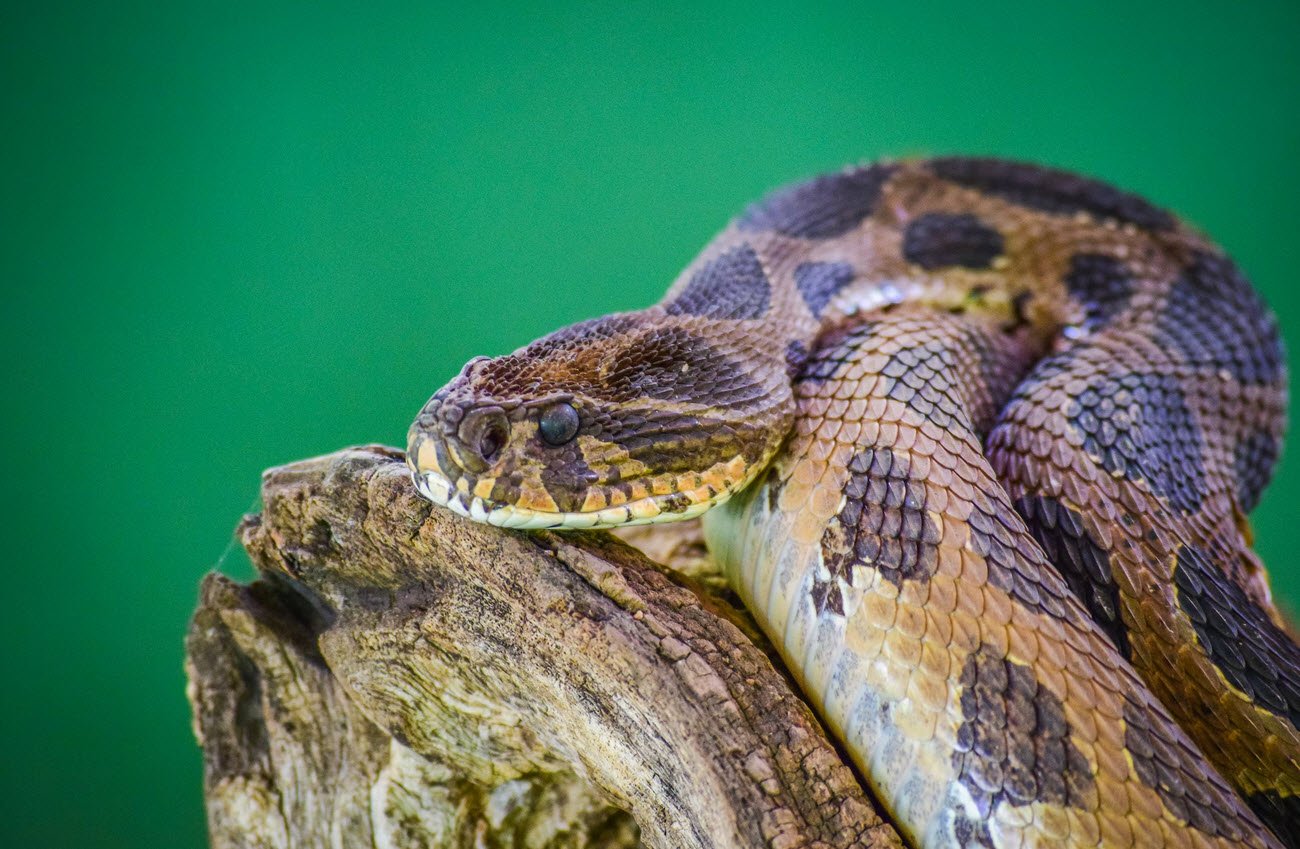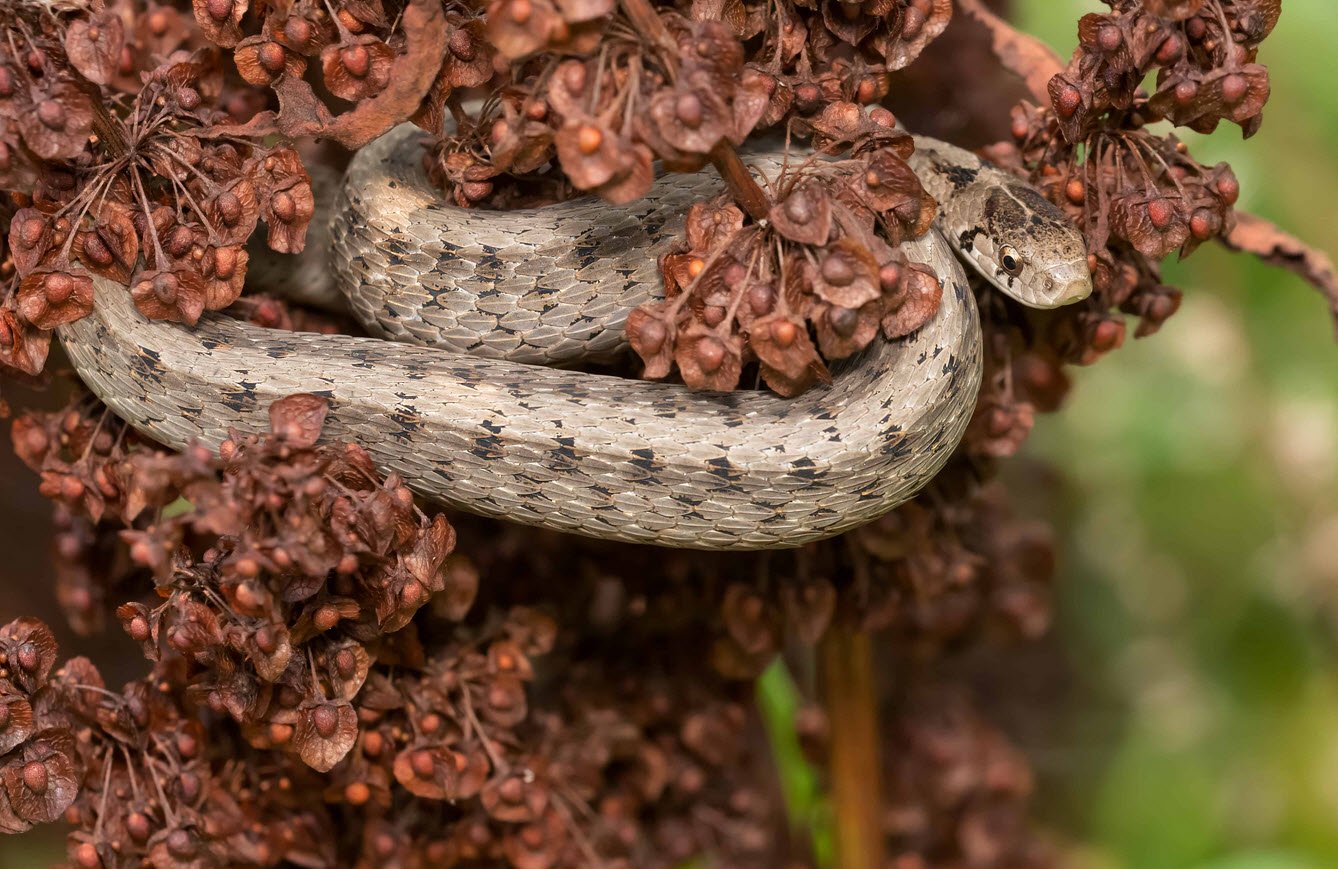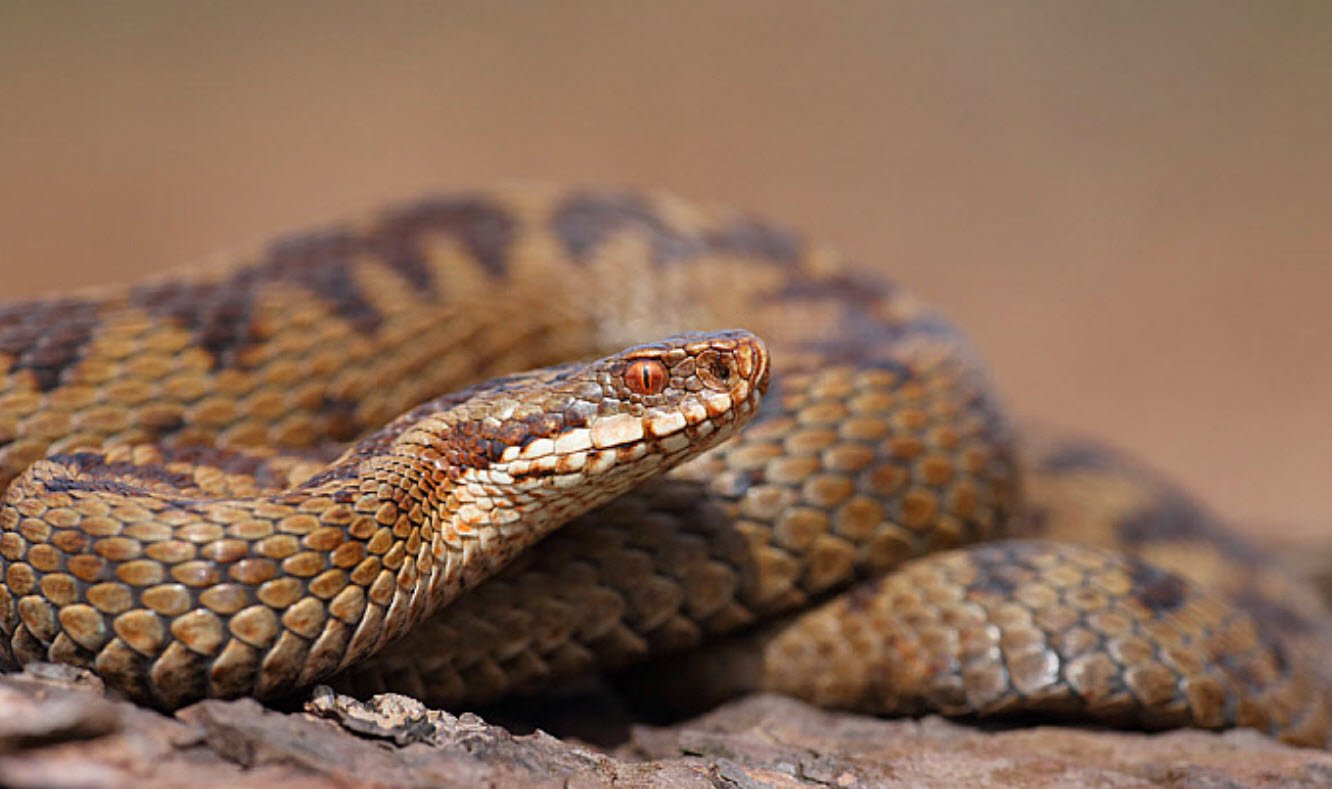
Snakes are fascinating creatures that exhibit a wide range of characteristics and adaptations, making them a diverse group within the reptile class. They can be found in various parts of the world, each with its own unique features and habitats.
In this article, we will explore into a plethora of snake species, shedding light on their distinctive traits and habitats.
1. Aesculapian Snake
The Aesculapian Snake, scientifically known as Zamenis longissimus, is a non-venomous snake native to southern Europe. These snakes are slender and have a greenish hue, making them expert climbers. They are often found in wooded areas and are known for their graceful and agile movements.

2. Eastern Brown Snake
The Eastern Brown Snake (Pseudonaja textilis) is highly venomous and native to Australia. It is considered one of the most dangerous snakes due to its potent neurotoxic venom. Despite its name, the Eastern Brown Snake can vary in color, ranging from brown to black, or even orange. It inhabits grasslands, forests, and urban areas.

3. Garter Snake
The Garter Snake (Thamnophis sirtalis) is a common snake found in North America. They are typically small, non-venomous, and known for their striking and vibrant color patterns. Garter snakes prefer moist habitats like gardens, marshes, and woodlands.

4. Banded Krait
The Banded Krait (Bungarus fasciatus) is a venomous snake native to Southeast Asia. Recognizable by its distinctive black and white banded pattern, this snake is known for its neurotoxic venom. It primarily inhabits agricultural areas and forests.

5. Anaconda
The Anaconda is a large, non-venomous snake known for its massive size and impressive strength. There are several species of anacondas, with the Green Anaconda (Eunectes murinus) being the largest and heaviest snake in the world. Anacondas are primarily found in the Amazon rainforest and nearby rivers.

6. Adder
The Adder (Vipera berus) is a venomous snake found across Europe and parts of Asia. They are relatively small and are known for their distinctive V or X-shaped markings on their backs. Adders typically inhabit grasslands, heaths, and woodlands.
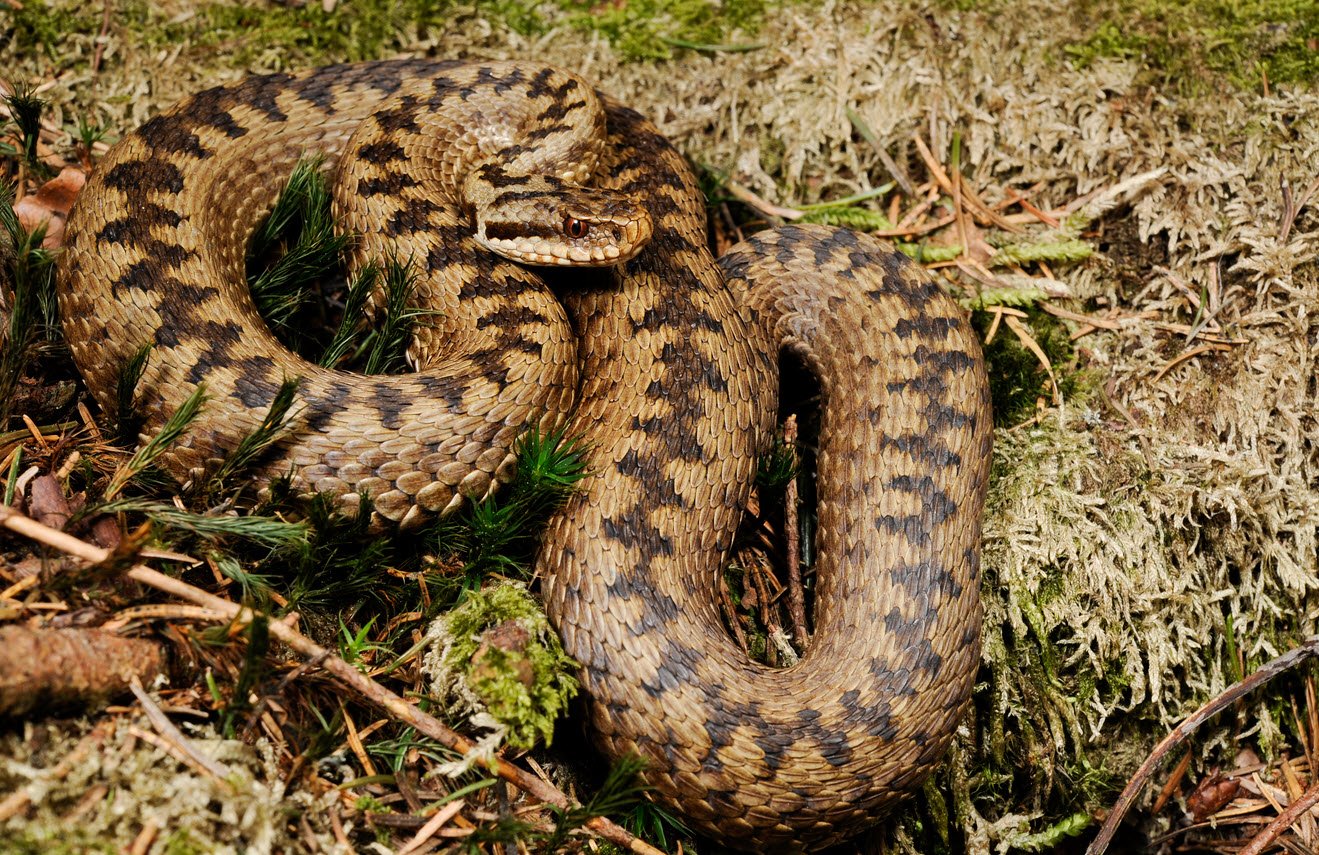
7. Black Mamba
The Black Mamba (Dendroaspis polylepis) is one of Africa’s most feared and venomous snakes. It is known for its jet-black mouth lining, hence its name. The Black Mamba is highly agile and can reach remarkable speeds. It resides in savannas, rocky areas, and scrublands.

8. Milk Snake
Milk Snakes are non-venomous and belong to the genus Lampropeltis. They are known for their vivid and colorful bands, often resembling the venomous Coral Snake. They can be found across North and South America in various habitats.
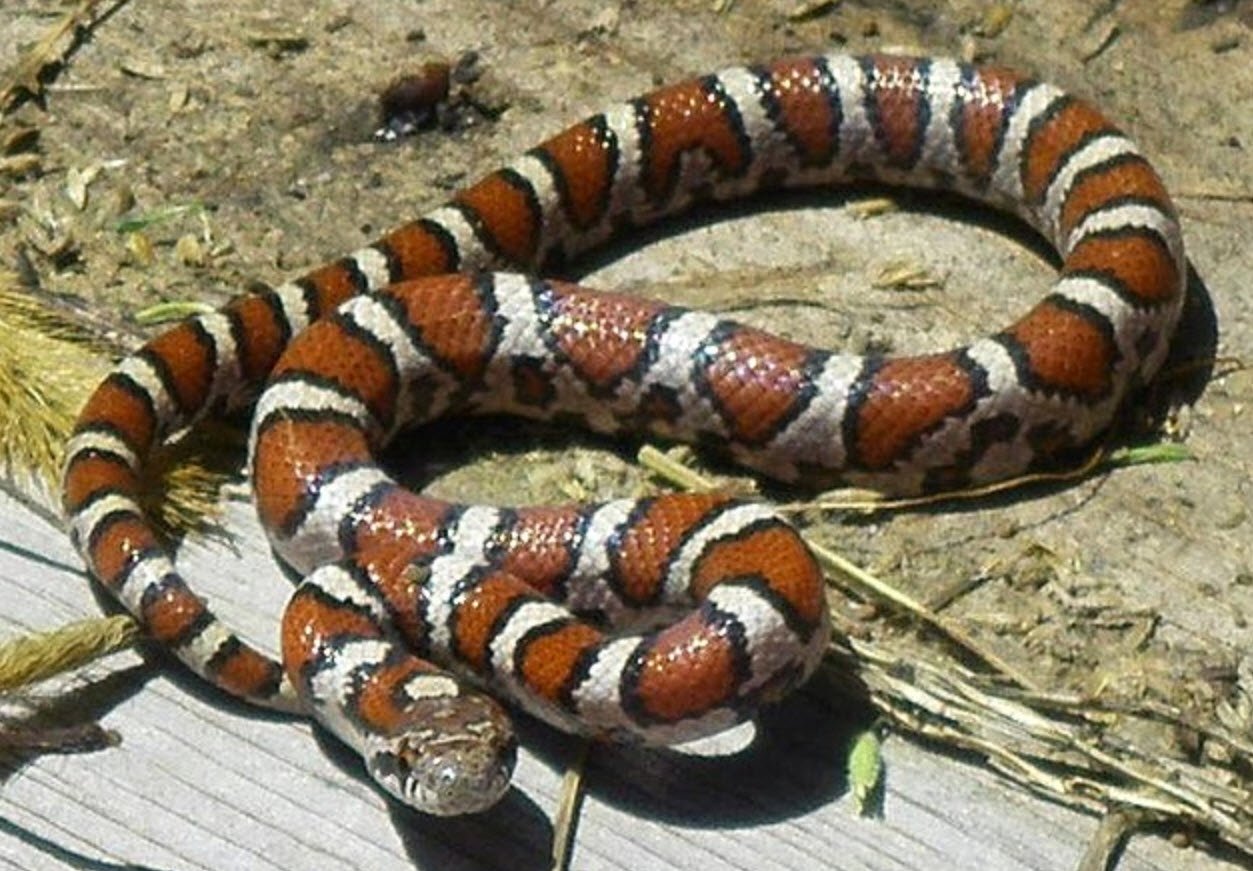
9. Banded Sea Krait
The Banded Sea Krait (Laticauda colubrina) is a venomous sea snake found in the waters of the Indian and Pacific Oceans. These snakes have distinctive black bands and are highly adapted to their aquatic lifestyle.

10. Mohave Rattlesnake
The Mohave Rattlesnake (Crotalus scutulatus) is a venomous pit viper found in the southwestern United States and northern Mexico. They are known for their potent venom and distinctive black and white banded pattern on their tails.

Conclusion
The world of snakes is incredibly diverse, with a multitude of species showcasing various adaptations, behaviors, and habitats. Whether venomous or non-venomous, these fascinating creatures play crucial roles in their ecosystems, contributing to the delicate balance of nature. Understanding the different types of snakes is essential for both appreciating their beauty and ensuring our safety when encountering them in the wild.
You may also like:- Top 10 World’s Most Dangerous Snakes
- Pet Snakes – A Guide to Behavior, Care, Diet, Habitat, and Health
- Top 15 Snakes Species in Tennessee
- 13 Types of Snakes That Live in Pennsylvania (With Images)
- 3 Native Snakes of Britain – A Closer Look at Adder, Smooth Snake, and Grass Snake
- 6 Poisonous Snakes in Georgia – A Closer Look
- 11 Incredible Snakes in Virginia


